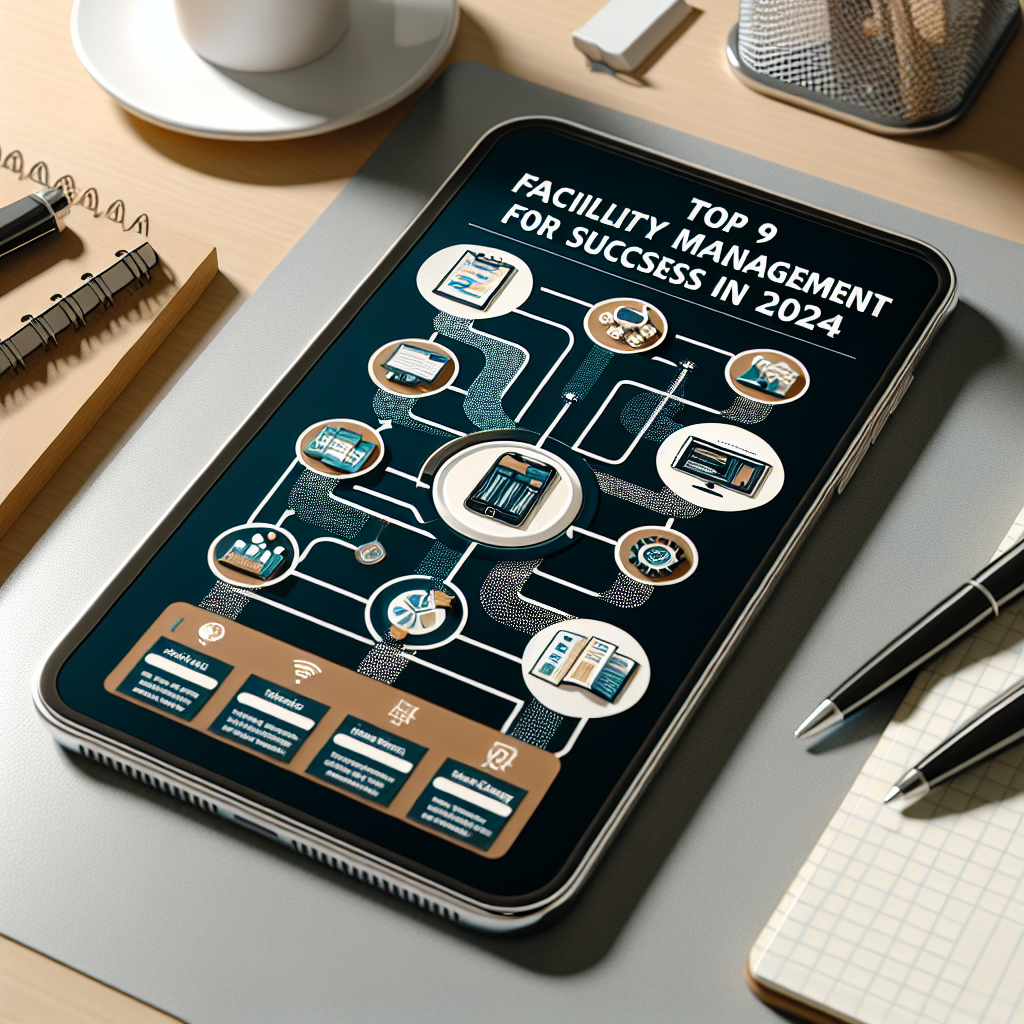Top 9 Facility Management Trends You Will Encounter in 2024
As we move into 2024, the landscape of facility management is rapidly evolving. To stay competitive and effective, facility managers must adapt to new trends and technologies that enhance operational efficiency, employee satisfaction, and sustainability. Here are the top nine facility management trends that you can expect to see this year.
1. Increased Adoption of Smart Technology
With advancements in the Internet of Things (IoT), smart buildings are becoming more prevalent. Facility managers will increasingly implement:
- Smart Sensors: To monitor energy consumption, occupancy rates, and system performance in real-time.
- Integrated Management Systems: Allowing for seamless coordination of HVAC, lighting, and security systems.
- Predictive Maintenance: Utilizing data analytics to anticipate equipment failures before they occur.
2. Focus on Sustainability and Green Practices
Environmental responsibility is now a priority for organizations. Facility managers will need to implement sustainable practices such as:
- Energy-efficient systems: Incorporating renewable energy sources and energy-efficient appliances.
- Waste Reduction: Implementing recycling programs and reducing single-use plastics.
- LEED Certification: Seeking certifications for buildings that meet sustainability benchmarks.
3. Hybrid Work Environment Management
Many companies have embraced remote work. In 2024, facility managers will need to adapt to hybrid work models by:
- Redesigning Spaces: Creating flexible workspaces that accommodate both in-office and remote employees.
- Enhanced Collaboration Tools: Integrating technology that supports virtual meetings and collaboration.
- Adjusting Space Allocation: Rethinking how space is allocated based on employee attendance patterns.
4. Enhanced Employee Experience
The facility management sector is increasingly focusing on the employee experience. Strategies for improving this include:
- Well-being Programs: Initiatives promoting mental health and workplace wellness.
- Feedback Mechanisms: Regularly gathering employee feedback to enhance workplace conditions.
- Personalized Environments: Offering choices in workspace settings to boost comfort and productivity.
5. Data-Driven Decision Making
With the rise of analytics in facility management, decision-making will increasingly rely on data insights. Key areas of focus will include:
- Operational Efficiency Metrics: Analyzing data to identify inefficiencies and areas for improvement.
- Space Utilization Analysis: Leveraging data to optimize the use of square footage.
- Employee Satisfaction Surveys: Using data to assess and enhance employee satisfaction.
6. Emphasis on Health and Safety
In the wake of recent global events, facility managers will prioritize health and safety protocols in 2024. This will include:
- Enhanced Cleaning Protocols: Regular sanitization and maintenance of shared spaces.
- Air Quality Monitoring: Implementing systems that ensure optimal air quality for employees.
- Emergency Preparedness Plans: Updating safety protocols and training for emergency situations.
7. Digital Twin Technology
Digital twin technology—a virtual representation of physical assets—is increasingly relevant. This technology will help facility managers by:
- Enhancing Asset Management: Allowing for real-time monitoring and management of assets.
- Improving Forecasting: Enabling better predictions regarding maintenance and repairs.
- Visualizing Space Designs: Providing a 3D view for better planning and modification.
8. Outsourcing Specialized Services
As tasks grow more complex, more facilities are opting to outsource specialized services. This trend includes:
- Expertise Access: Securing expertise in areas such as IT, cybersecurity, and HVAC systems.
- Cost Efficiency: Reducing operational costs through strategic partnerships.
- Focus on Core Competencies: Allowing facility managers to concentrate on higher-level management and strategic initiatives.
9. Resilience Planning
Lastly, the trend toward building resilient facilities will be paramount. This involves:
- Risk Assessment: Identifying potential risks to facilities and developing mitigation strategies.
- Flexible Infrastructure: Designing spaces that can adapt to unforeseen disruptions.
- Emergency Response Training: Preparing staff and management for quick adaptations and efficient responses.
Conclusion
As we look ahead to 2024, these nine trends in facility management are set to redefine the industry. By embracing these changes, facility managers will not only improve operational efficiency but also contribute meaningfully to employee satisfaction and sustainability efforts. Staying informed and adaptable will be key to navigating the future of facility management successfully.
